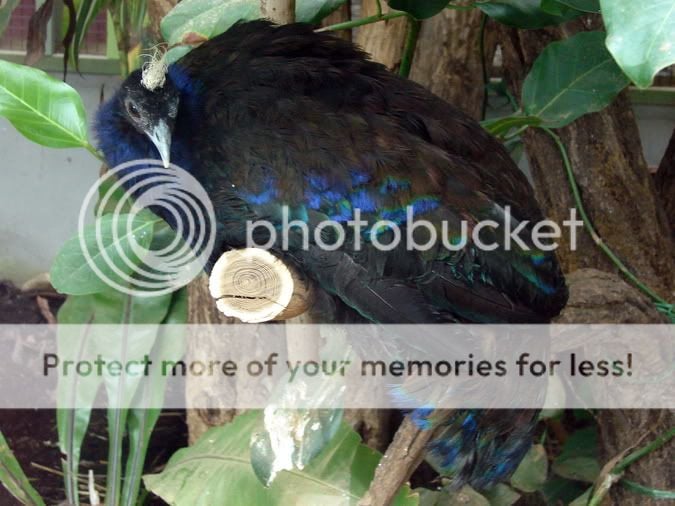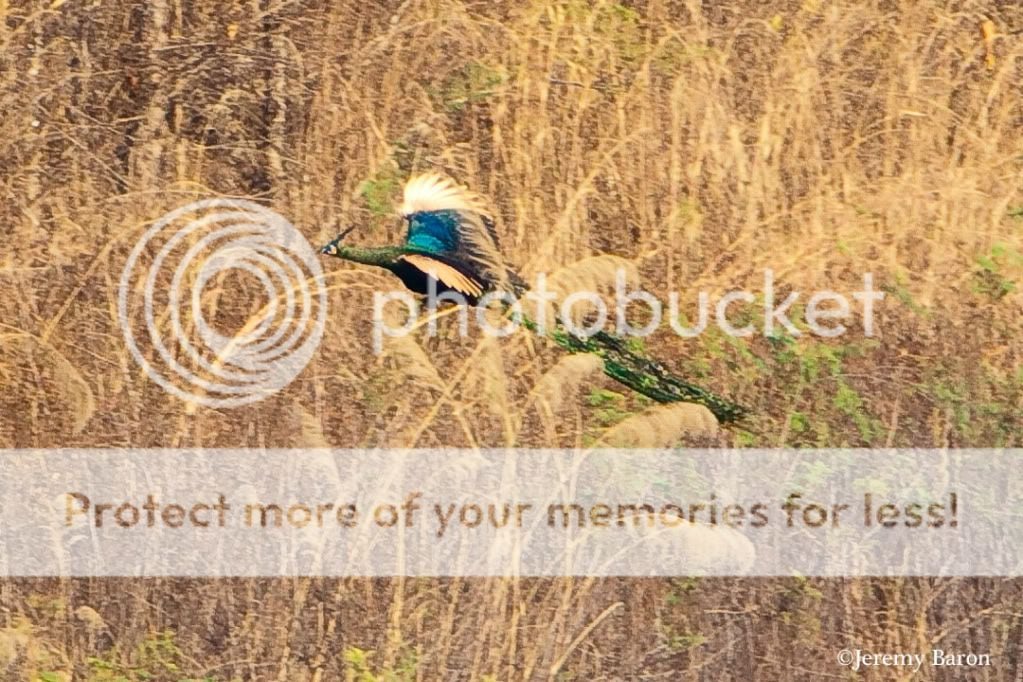- Jul 2, 2011
- 344
- 8
- 174
Pavo cristatus cristatus
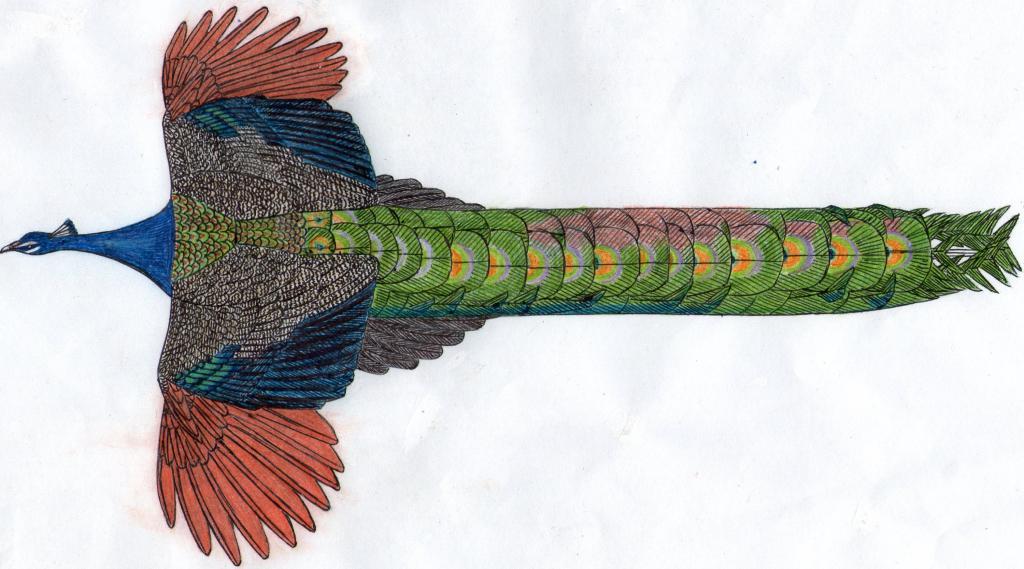
Pavo cristatus cristatus mut. nigripennis (Black-shouldered)
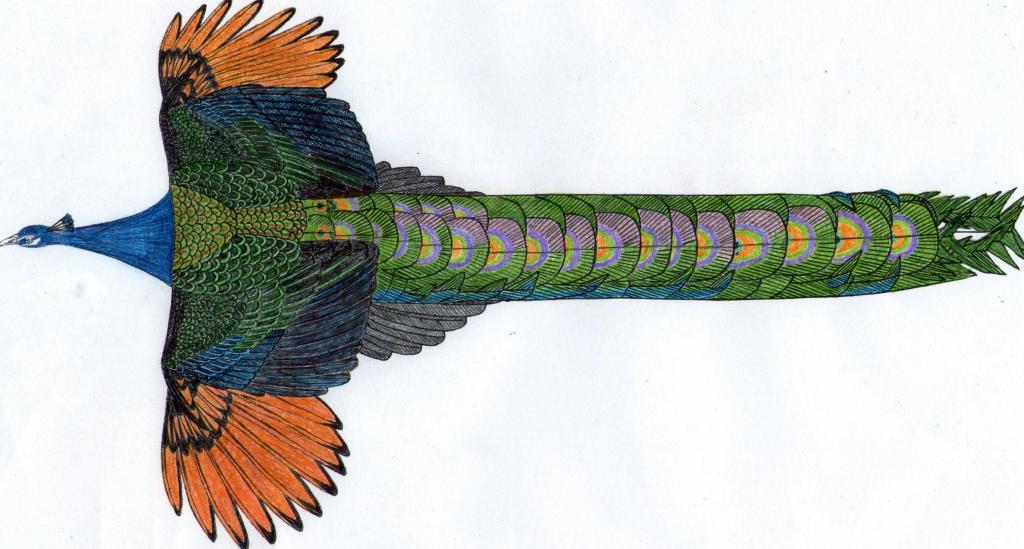
Pavo cristatus cristatus (Buford Bronze)
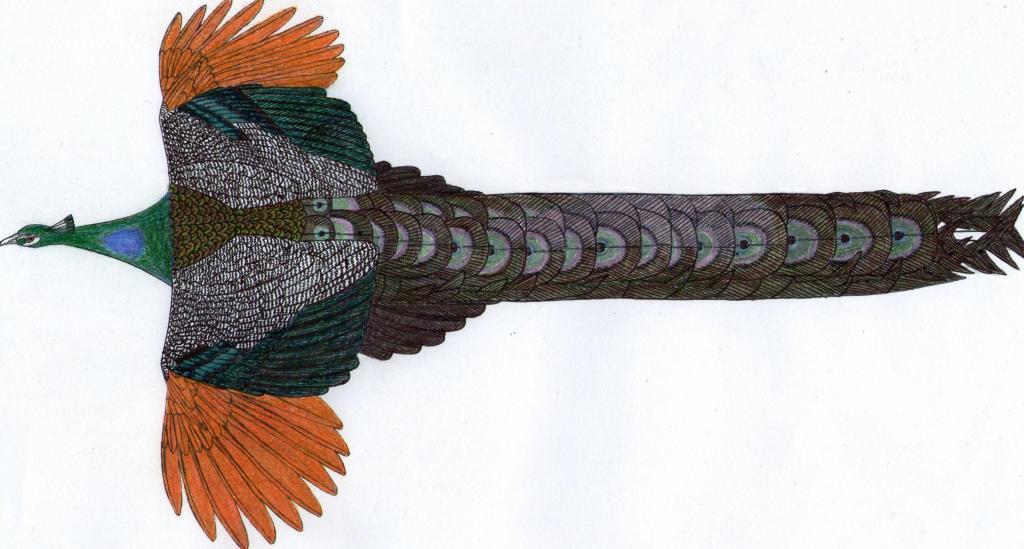
Pavo cristatus singhalensis
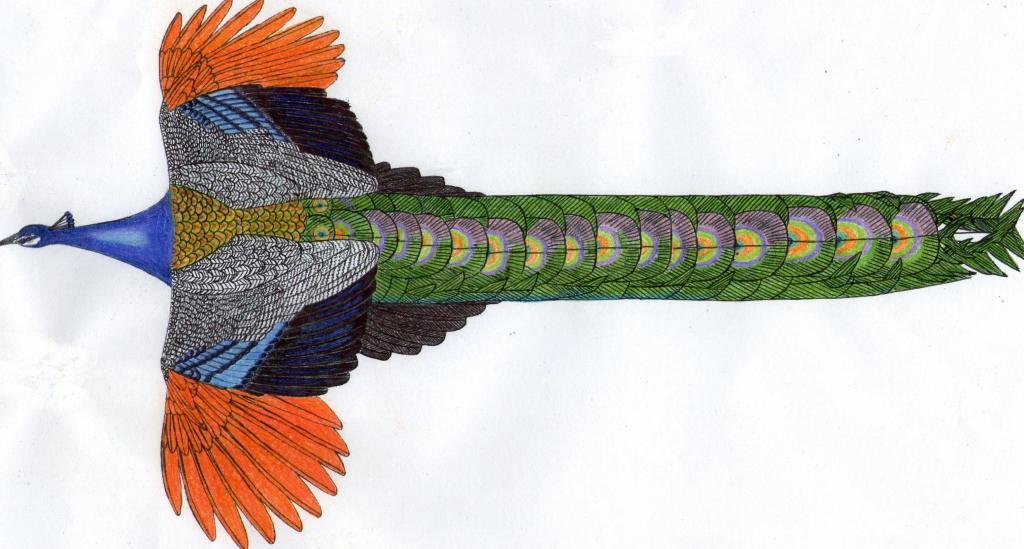
Pavo cristatus X muticus (Spalding)

pavo muticus muticus
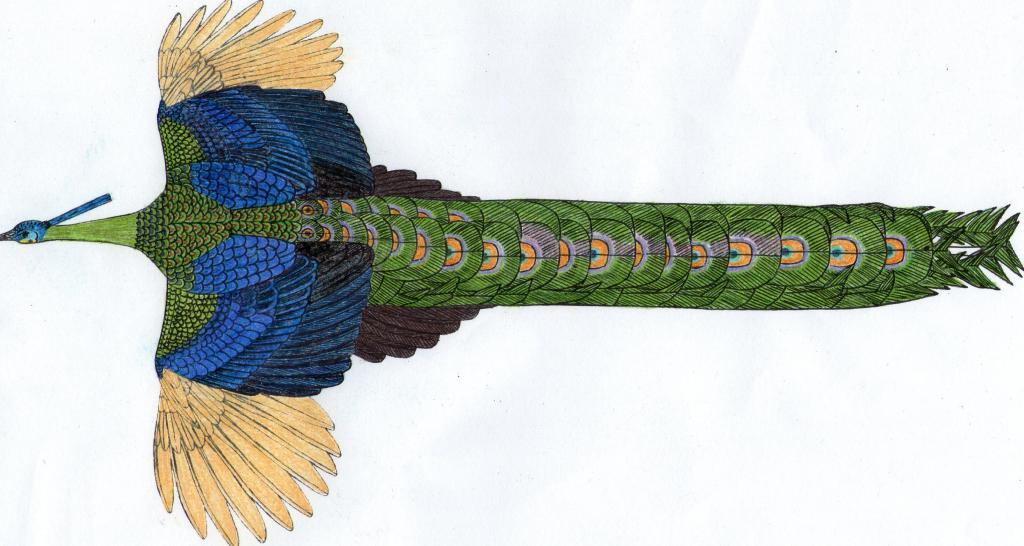
Pavo imperator imperator
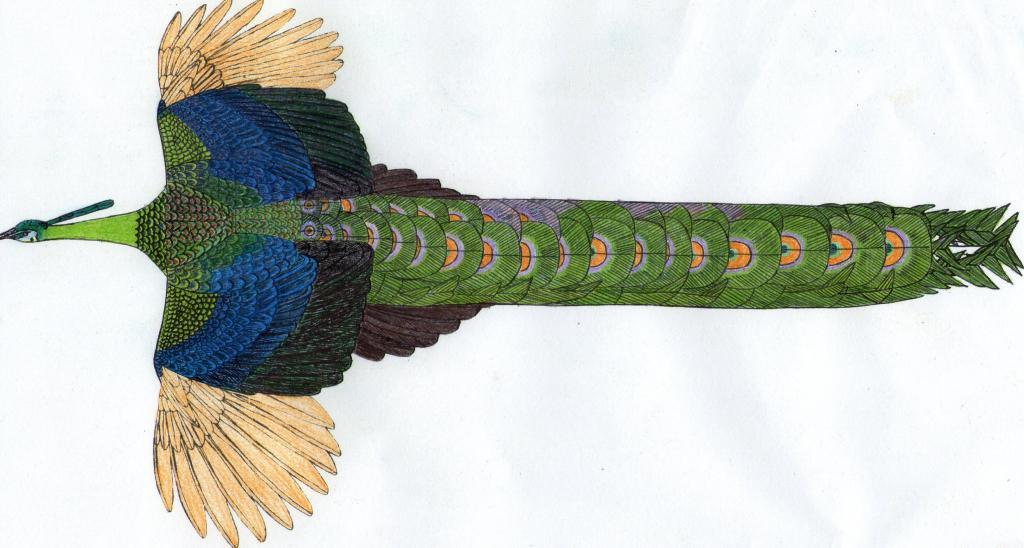
pavo imperator cattiensis
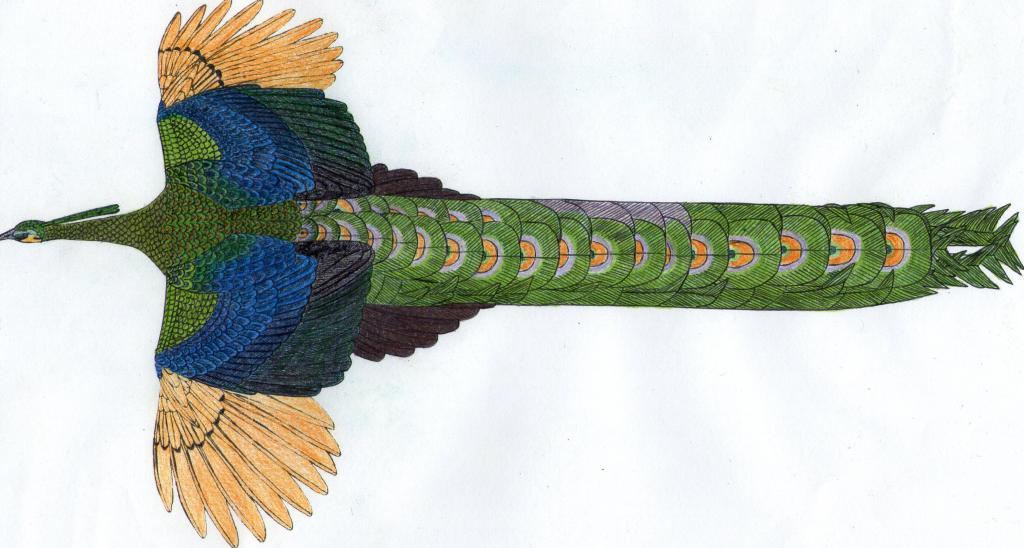
Pavo imperator siamensis
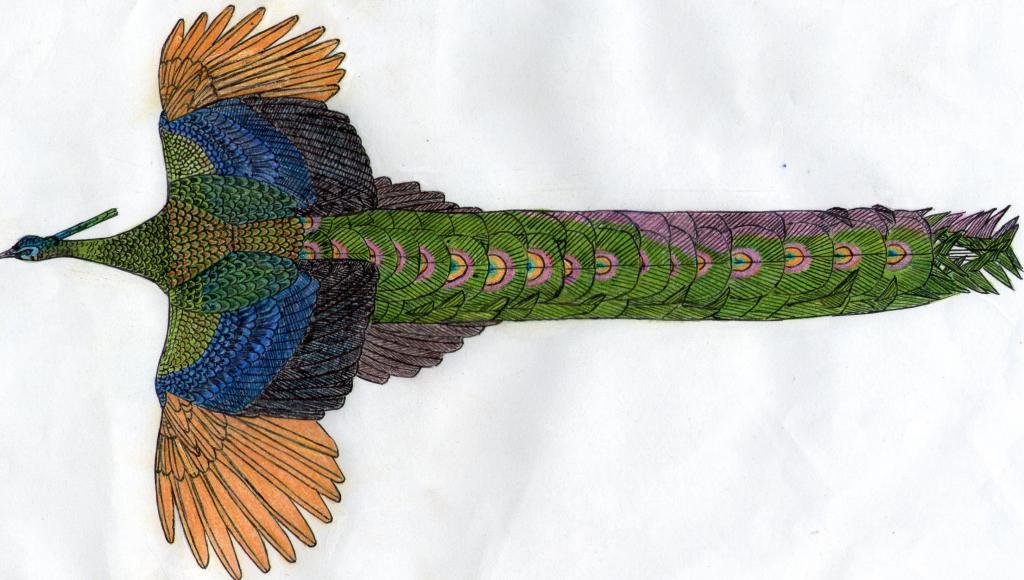
Pavo imperator tonkinensis
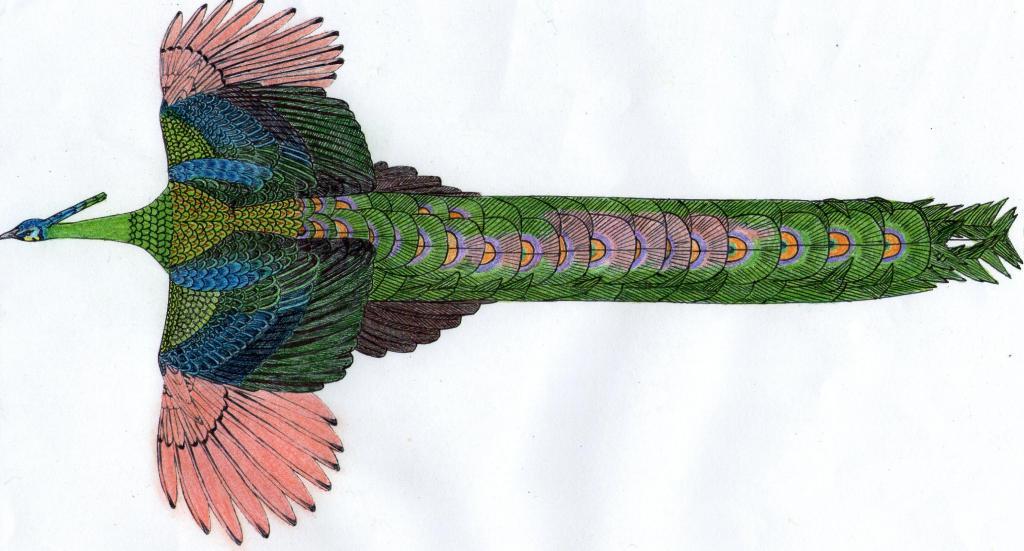
Pavo spicifer spicifer
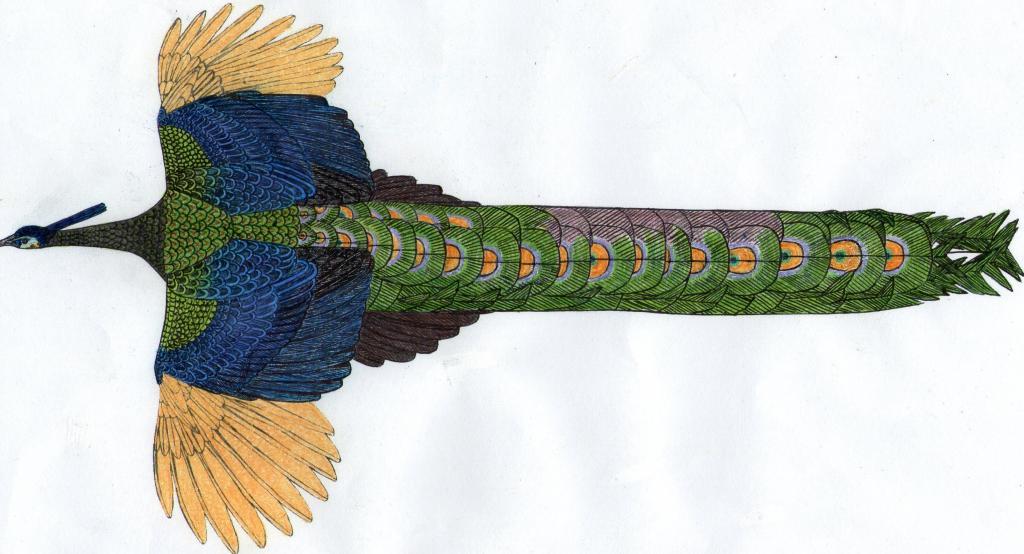
Pavo annamensis annamensis
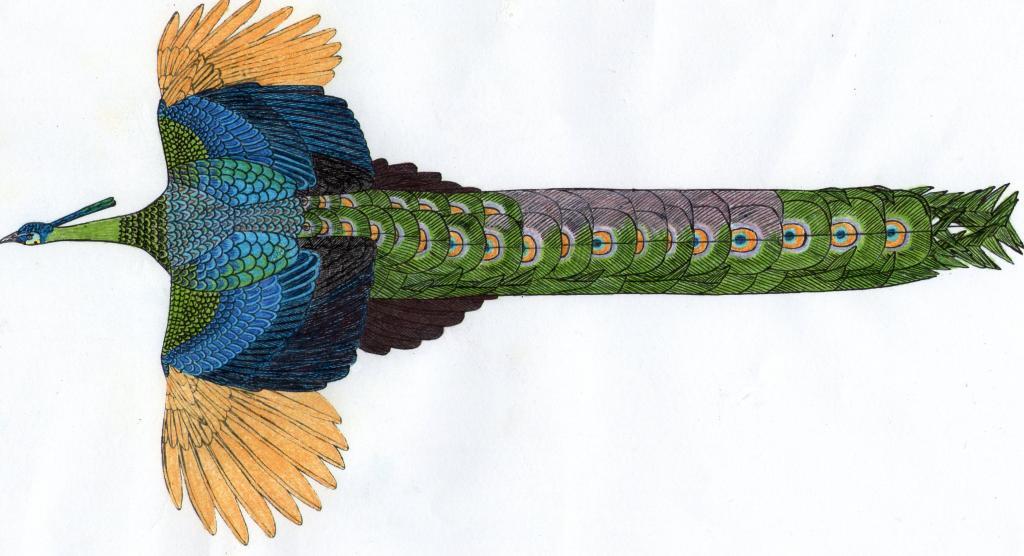
Pavo annamensis bokorensis
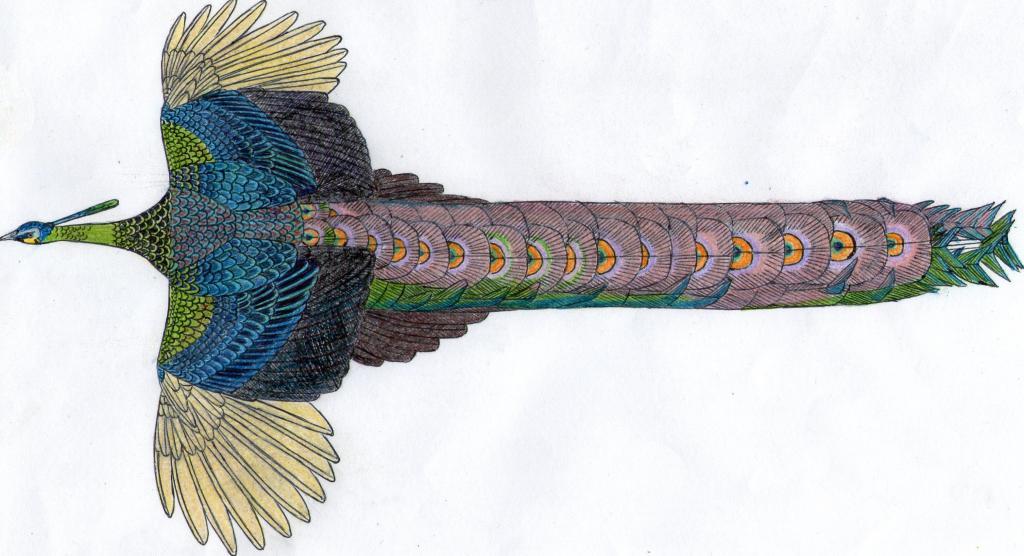
Pavo javanensis javenensis
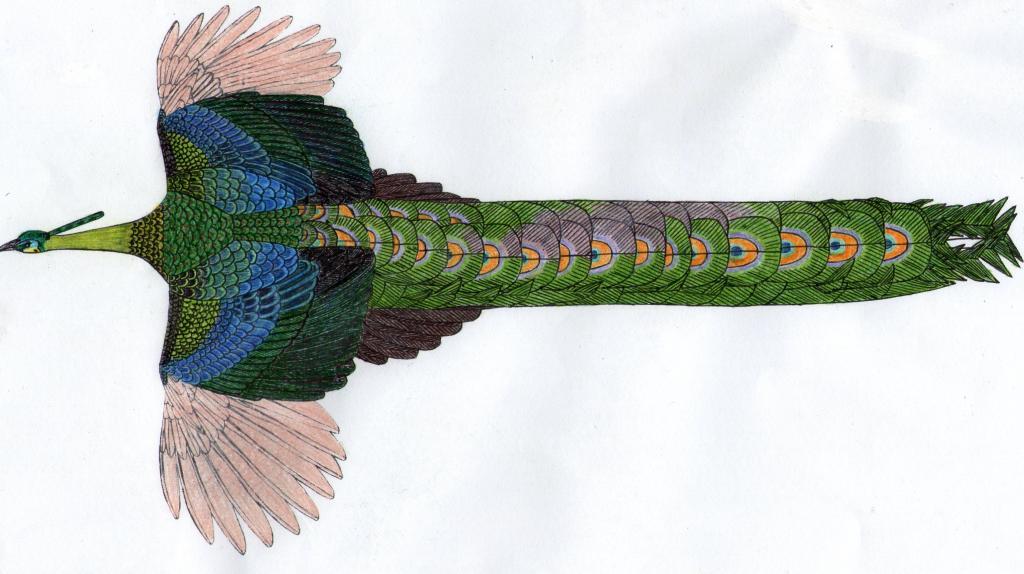

Pavo cristatus cristatus mut. nigripennis (Black-shouldered)

Pavo cristatus cristatus (Buford Bronze)

Pavo cristatus singhalensis

Pavo cristatus X muticus (Spalding)

pavo muticus muticus

Pavo imperator imperator

pavo imperator cattiensis

Pavo imperator siamensis

Pavo imperator tonkinensis

Pavo spicifer spicifer

Pavo annamensis annamensis

Pavo annamensis bokorensis

Pavo javanensis javenensis

Last edited:

